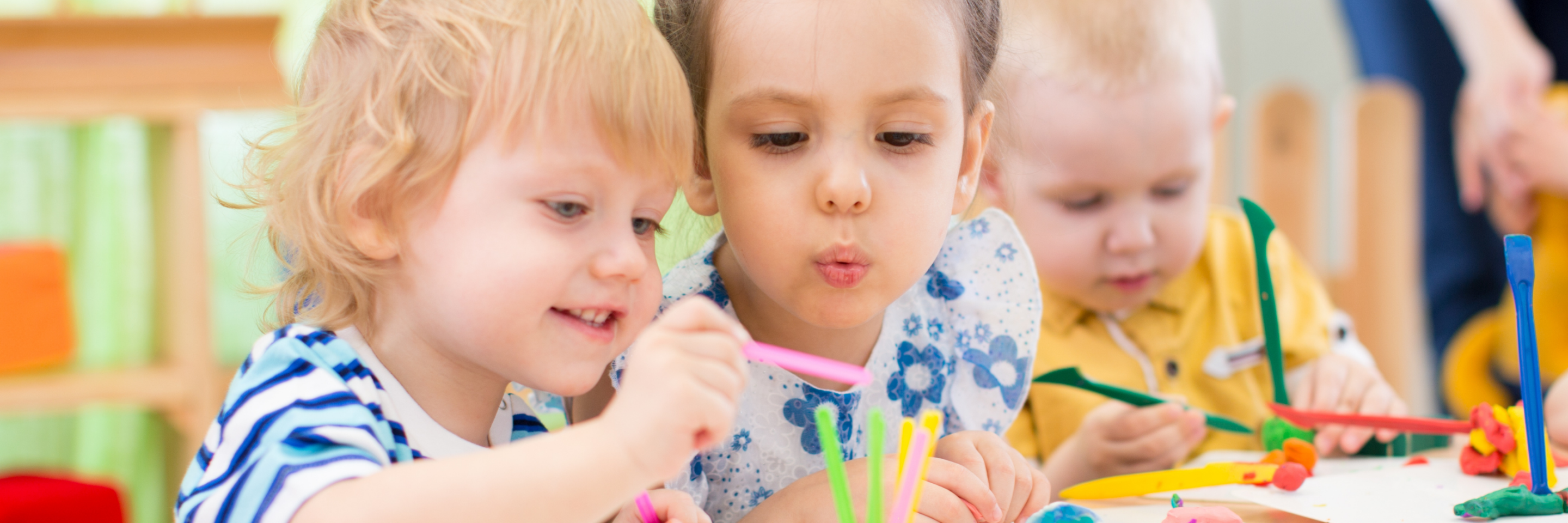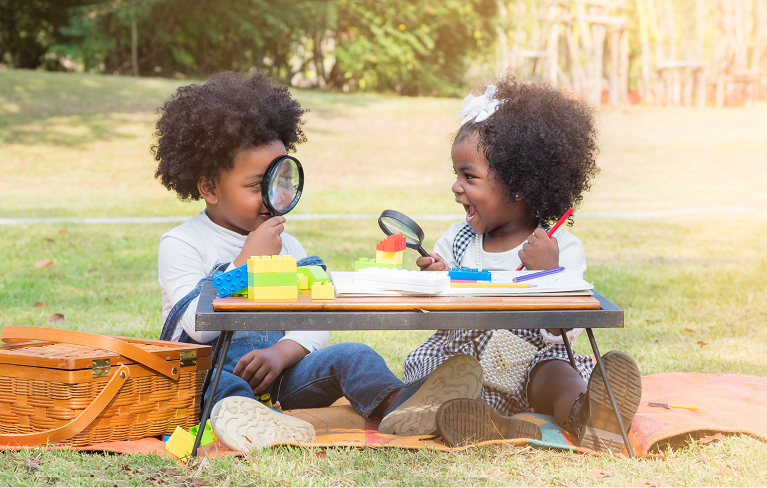12 Ways to Give Kids More STEM Learning Experiences
Published Even the youngest learners can be emerging engineers. In today’s post, we’re sharing 12 simple tips—adapted from the new second edition of Engaging Young Engineers—to help you infuse more STEM learning and engineering experiences into your early childhood classroom throughout the school day. Use these fun activities and strategies to help children develop the important thinking skills they’ll need to succeed in kindergarten and beyond.
Even the youngest learners can be emerging engineers. In today’s post, we’re sharing 12 simple tips—adapted from the new second edition of Engaging Young Engineers—to help you infuse more STEM learning and engineering experiences into your early childhood classroom throughout the school day. Use these fun activities and strategies to help children develop the important thinking skills they’ll need to succeed in kindergarten and beyond.
Give children opportunities to explore different types of light. You might have them experiment with using flashlights, mirrors, colored gels, sunlight and shades, lamps, and/or a light table. Hang child-safe prisms in the windows of your classroom as a fun way to explore light and rainbows.
Have materials available for children to experiment with and explore ramps. Incorporate materials of different shapes, weights, and textures and balls, carts, and sliders of different types.
Place magnifying glasses in different areas of the classroom. This is a great way to prompt children’s exploration of textures and materials throughout the day.
Offer open-ended materials of different textures and weights that have many possible uses. Encourage children to experiment, construct, and build with different types of materials.
Empower children by giving them chances to select their own materials for building, art, dramatic play, or outdoor play.
Bring nontoxic plants (such as herbs) into the classroom. Explore the parts of the plant with the children and talk about the plant’s need for sunlight and water.
Offer opportunities for water play and sand play. Provide a specific project or task to complete in centers or at the sand or water table that involves problem-solving and thinking skills.
Place clipboards with paper and pencils in different areas of the classroom to allow children to draw plans for different types of play.
Give children time for free play outdoors when the weather permits. Outdoor play provides lots of opportunities for exploring the natural world and experimenting with different materials.
Offer different ways for children to document their thinking. For example, ask them to draw sketches to represent plans and take photos of what they make.
Suggest goals that might motivate continued exploration. For example, you might ask the children to make something taller or smaller, more stable or more portable, or with fewer or more supplies.
Keep asking “Why?” and other open-ended questions whenever possible to get children to think more deeply about what they are doing. When you ask open-ended questions, be sure to allow ample time for children to respond.
These strategies are helpful for supporting the home–school connection, too! Share this blog post with the families of young learners to expand on what you do in the classroom and help families increase STEM learning and thinking at home.
This post was adapted from Engaging Young Engineers: Teaching Problem-Solving Skills Through STEM, Second Edition, by Angi Stone-MacDonald, Ph.D., Kristen B. Wendell, Ph.D., Anne Douglass, Ph.D., Mary Lu Love, M.S., & Amanda Wiehe Lopes, Ph.D.



